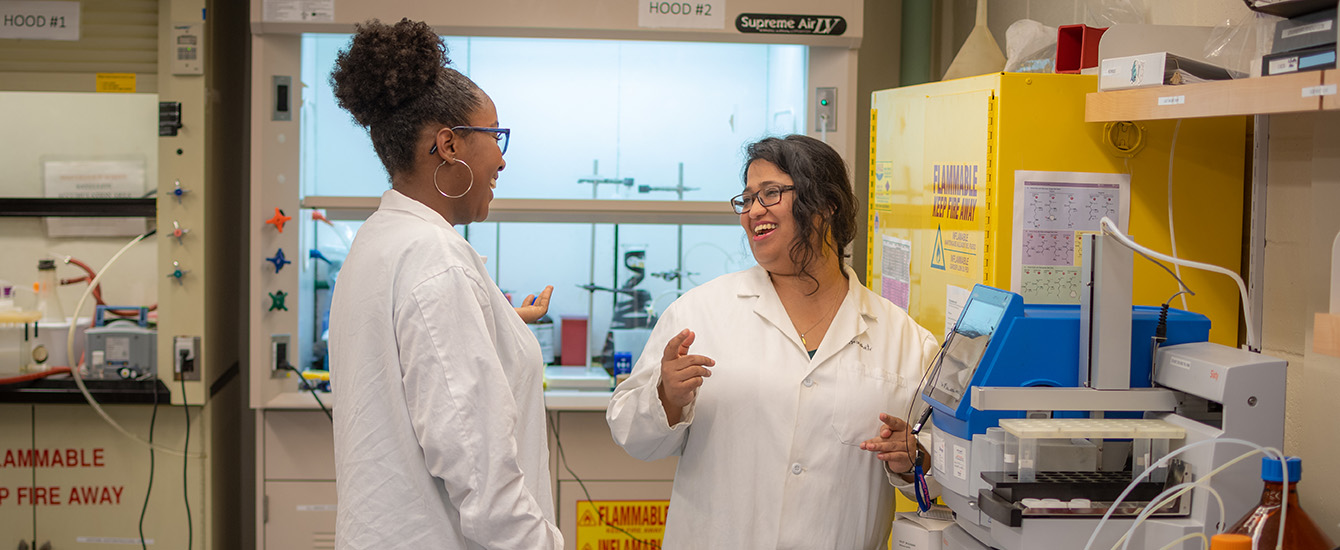Chemistry
Mechanistic analysis of viscosity-sensitive fluorescent probes for applications in diabetes detection
Document Type
Article
Abstract
Diabetes is one of the most detrimental diseases affecting the human life because it can initiate several other afflictions such as liver damage, kidney malfunctioning, and cardiac inflammation. The primary method for diabetes diagnosis involves the analysis of blood samples to quantify the level of glucose, while secondary diagnostic methods involve the qualitative analysis of obesity, fatigue, etc. However, all these symptoms start showing up only when the patient has been suffering from diabetes for a certain period of time. In order to avoid such delay in diagnosis, the development of specific fluorescent probes has attracted considerable attention. Prominent biomarkers for diabetes include abundance of certain analytes in blood serum, e.g., glucose, methylglyoxal, albumin, and reactive oxygen species; high intracellular viscosity; alteration of enzyme functionality, etc. Among these, high viscosity can greatly affect the fluorescence properties of various chromophores owing to the environment sensitivity of fluorescence spectra. In this review article, we have illustrated the application of some prominent fluorophores such as coumarin, BODIPY, xanthene, and rhodamine in the development of viscosity-dependent fluorescent probes. Detailed mechanistic aspects determining the influence of viscosity on the fluorescent properties of the probes have also been elaborated. Fluorescence mechanisms that are directly affected by the high-viscosity heterogeneous microenvironment are based on intramolecular rotations like twisted intramolecular charge transfer (TICT), aggregation-induced emission (AIE), and through-bond energy transfer (TBET). In this regard, this review article will be highly useful for researchers working in the field of diabetes treatment and fluorescent probes. It also provides a platform for the planning of futuristic clinical translation of fluorescent probes for the early-stage diagnosis and therapy of diabetes.
Publication Title
Journal of Materials Chemistry B
Publication Date
2-19-2024
Volume
12
Issue
12
First Page
2917
Last Page
2937
ISSN
2050-750X
DOI
10.1039/d3tb02697c
Keywords
Diabetes Mellitus, fluorescence, fluorescent dyes, glucose, humans, viscosit
Repository Citation
Sreejaya, M.M; Pillai, Vineeth; Ayesha, A.; Baby, Maanas; Bera, Manoranjan; and Gangopadhyay, Moumita, "Mechanistic analysis of viscosity-sensitive fluorescent probes for applications in diabetes detection" (2024). Chemistry. 31.
https://commons.clarku.edu/chemistry/31



